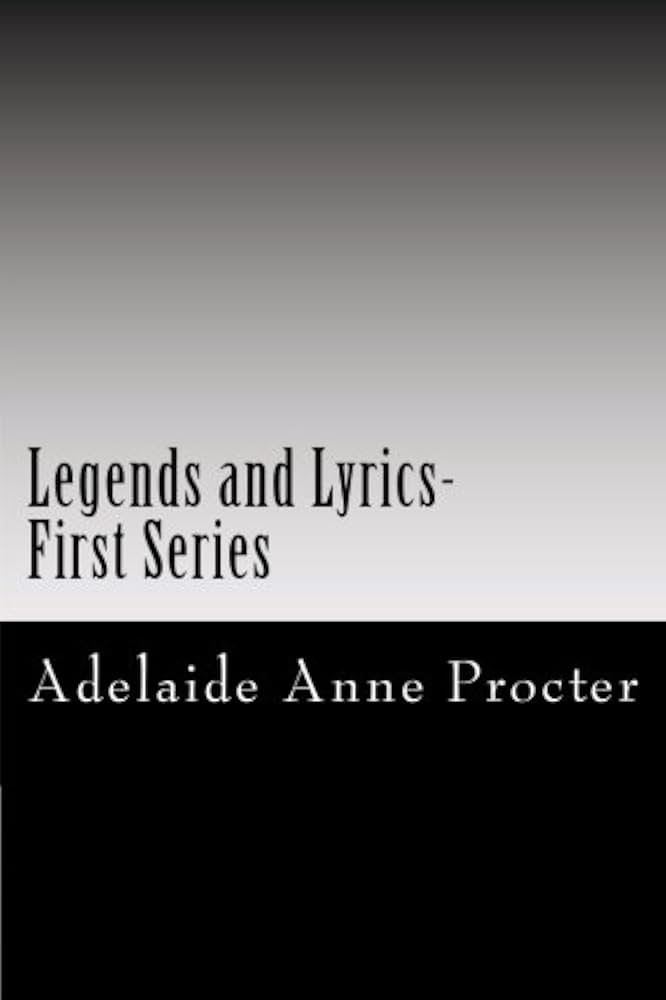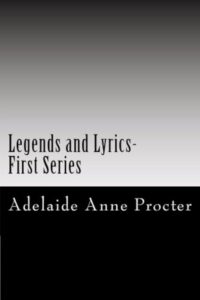VERSE: TRUE OR FALSE
byTrue or False immediately brings into question something many people often accept at face value—love. But not every act that appears loving is true, and the poem unfolds this truth through vivid, contrasting layers. It shows that love may look the same on the outside—spoken in sweet tones or written in letters—but its core can be selfish, performative, or conditional. Some love simply wants to be adored, not to give. Others admire only the idea of love, not the hard work it demands. Still, the rarest kind remains steady through hardship, never asking to be worshiped but offering something honest instead. In a world where emotional expression is often exaggerated, true love exists quietly, waiting to be seen without disguise. It’s that one form of affection that doesn’t vanish when the conditions change.
Many forms of love burn bright but shallow. They seek pleasure, attention, or validation rather than connection. A love that fades when challenged or becomes cruel when disappointed isn’t true. The poem walks readers through these imitations, naming them not to shame but to help us understand their shortcomings. Love that only thrives in celebration but not in silence, or love that grows heavy with pride instead of humility, will eventually collapse under the weight of unmet expectations. But real love listens more than it speaks, supports without keeping score, and does not demand perfection. It doesn’t get smaller with time—it deepens. Its worth isn’t found in dramatic gestures, but in the calm it brings even during storms.
True love, the poet suggests, is neither boastful nor loud. It’s defined not by declarations but by its staying power—its refusal to waver even when life does. That kind of love doesn’t seek applause; it simply stays. When it suffers, it does not destroy. When it’s tired, it still chooses presence. The poet draws a picture of a love with “soul,” something alive, something whole. Unlike those imitations that are drawn to power or pleasure, true love carries both tenderness and strength. It can sit in grief without turning cold. It makes no promises it won’t fight to keep. In that way, it’s less about feelings and more about character.
Recognizing true love takes more than emotion—it takes awareness. It cannot be spotted by the eyes alone, but by what the heart has learned from hurt, healing, and honest reflection. Sometimes, it’s the quiet consistency of love that gives it away, not the volume of the words said. The poet places trust not in the ability to feel but in the ability to discern. This is the rare skill that sees beyond beauty and charm to the roots of loyalty, honesty, and care. And even though true love is rare, it can still be missed if we don’t pause and look closely. The difference between real and false is not always obvious to those rushing past. To know it is to grow through it.
This poem, though centered around love, becomes a mirror for all kinds of relationships—romantic, familial, and even friendships. It pushes readers to ask: what kind of love have I known? What kind have I given? Have I mistaken passion for permanence? Or sacrifice for sincerity? These aren’t just poetic questions—they’re life questions. Because love, in its truest form, will shape not just what we feel, but who we become in return. It teaches us patience, humility, and the art of presence. And if we’re lucky enough to find it, or brave enough to give it, it asks only one thing: that we protect it by being just as true in return.
For readers living in a time of quick expressions and temporary connections, the poem offers a reason to slow down and reflect. Love has many costumes, but only one soul. And in the end, it’s not about who says “I love you” first, but about who keeps showing up when those words get tested. True or False becomes a quiet reminder that in a world full of masks, the deepest truths still live beneath the surface, waiting for hearts wise enough—and kind enough—to see.


